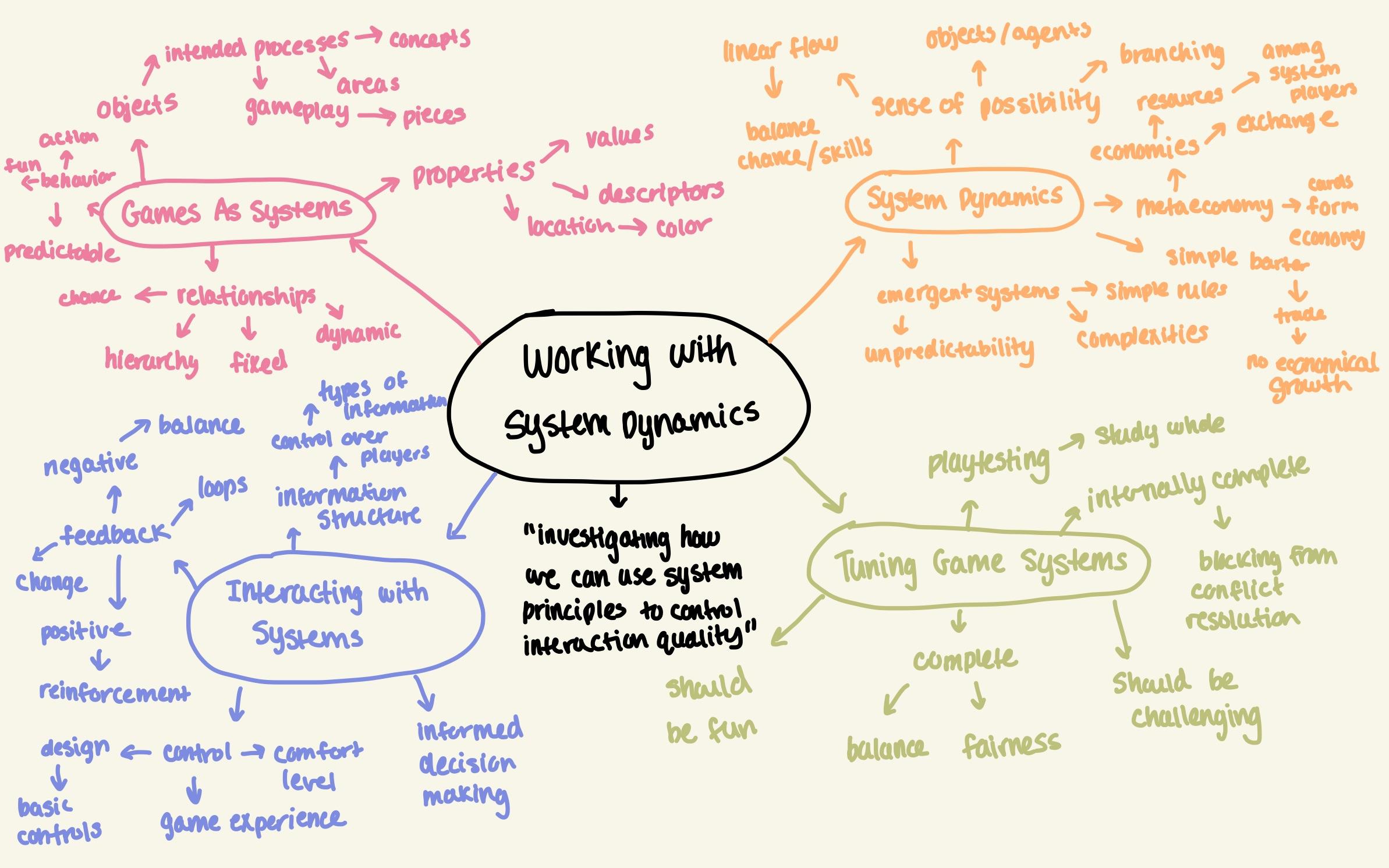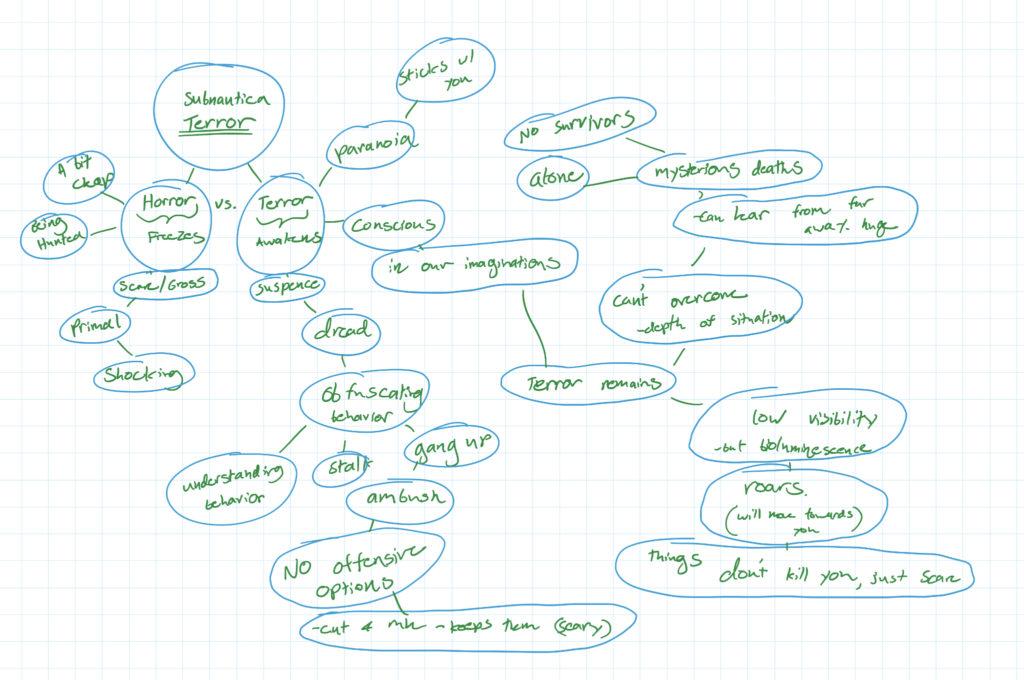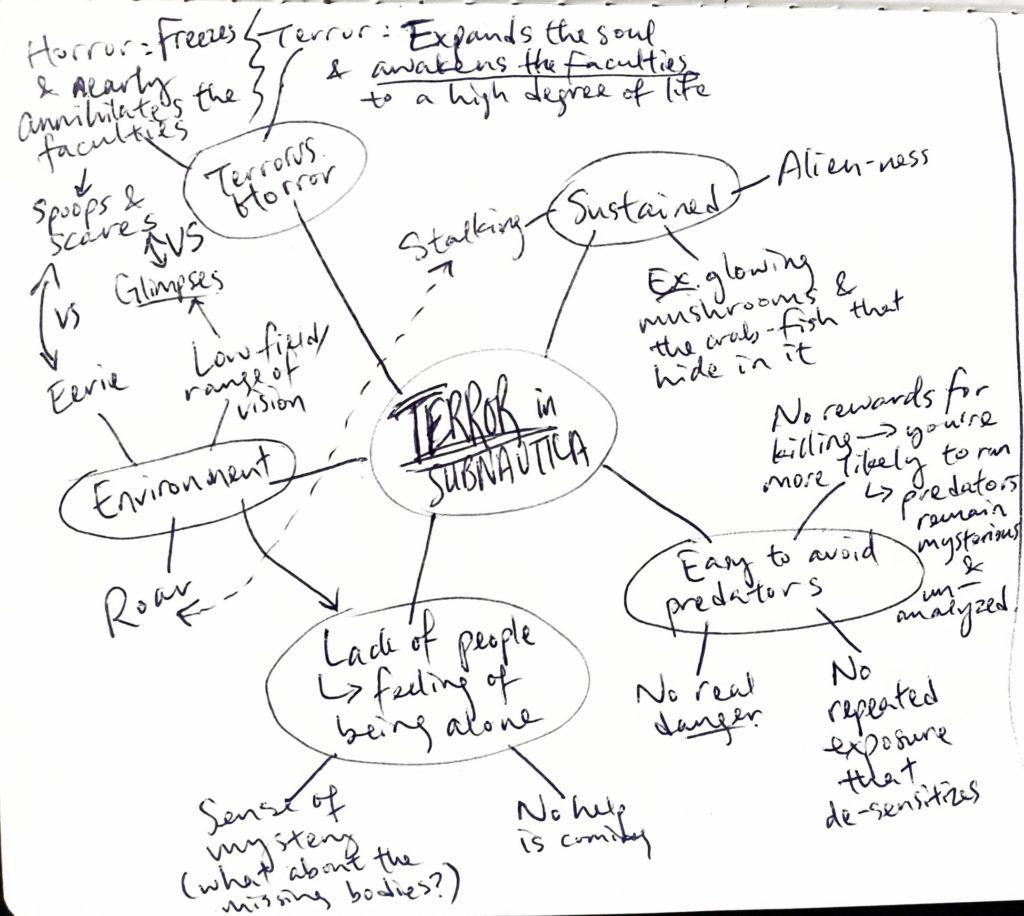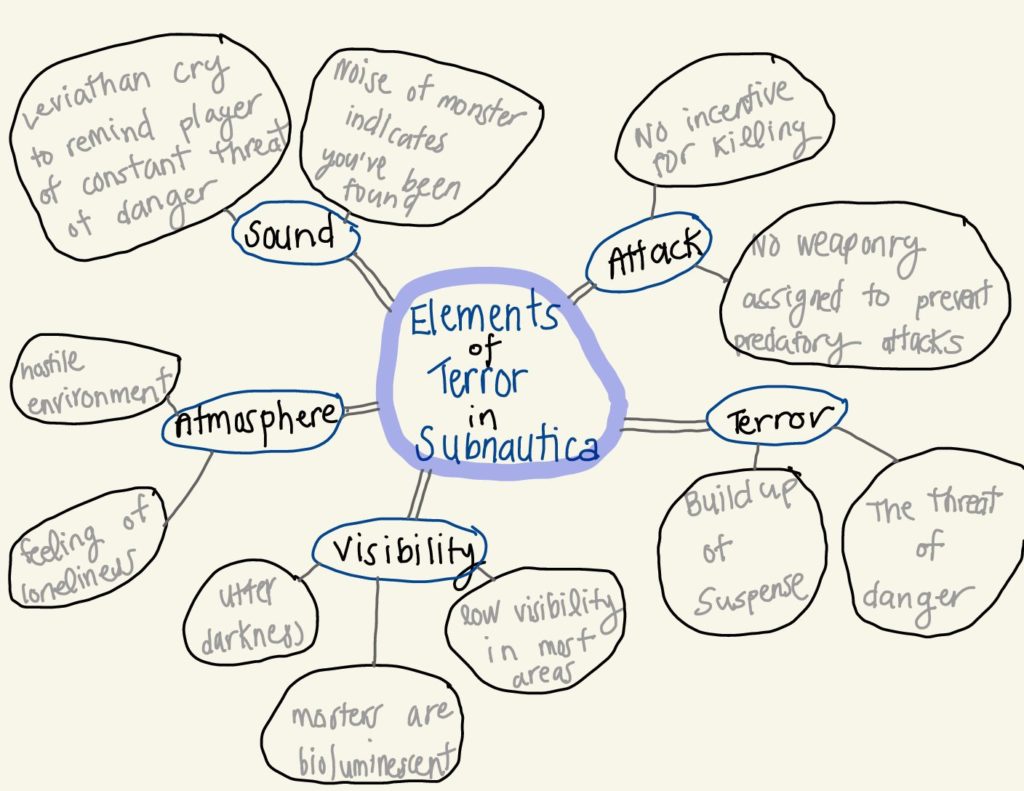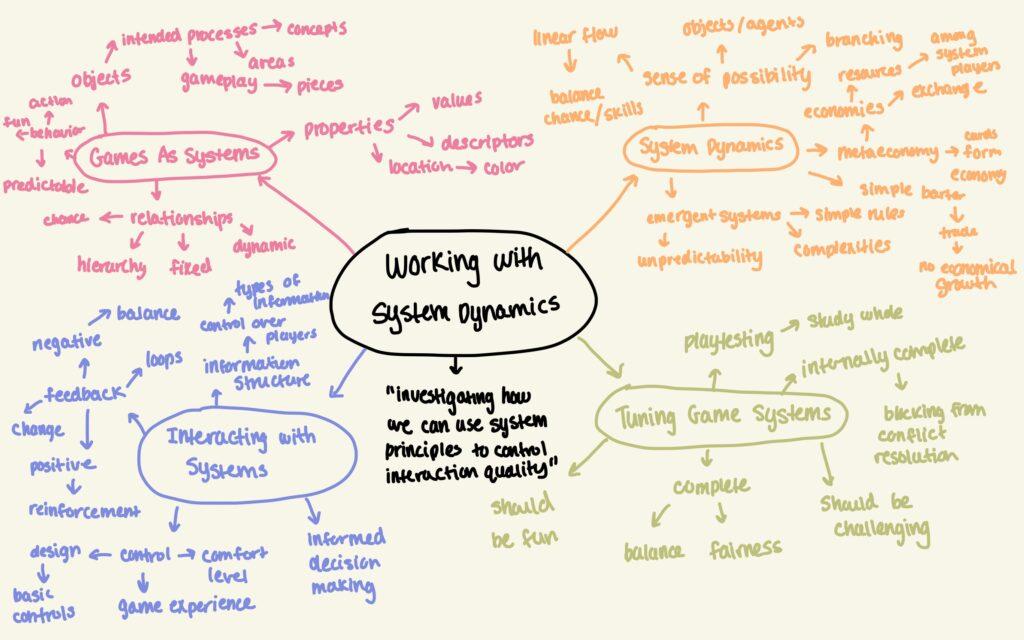
In my game, Chipot-play, players will have the opportunity to test their time management and “burrito-making” skills. In this game, players will be working at a newly opened Chipotle franchise, where they will encounter a variety of customers with complicated orders, real-life scenarios, and financial decisions that could affect the fate of the fast-casual restaurant. Players can be one of three roles (manager, Chipotle crew, cashier) and must practice how to utilize their unique strengths to make as many burritos as possible.
Some important values in Chipot-play include time management, customer/employee relationships, and quick decision-making. I think these values are especially important to the game because they encapsulate the game’s framework, guide players’ actions, and frame the gaming experience. Specifically, Chipot-play emphasizes the importance of building positive relationships between the customers and employees. Players must learn to communicate effectively with customers and employees, resolve conflicts, and build trust to help their Chipotle thrive. The game challenges players to make decisions that may not seem logical in the short term, but are necessary to achieve longer-term goals. For instance, players have to decide how to design the restaurant to optimize for both in-person and online orders because they do not know how many orders of each type they will receive. Additionally, players must know how to balance their earnings on different items in the game, such as ingredients and tables. If they spend too much on either, they will not have enough money on the other aspects or will not be prepared for the scenarios that appear periodically in the game.
The main arc in the game follows the growth of the Chipotle franchise. At the beginning of the game, the restaurant is brand-new—it is up to the players to figure out how to place the initial funds to get Chipotle going. Each arc starts with a customer goal, an order queue of ten customers a random scenario that positively or negatively impacts the gameplay (e.g. company bonus, franchise fines), and players must adapt to it. An arc ends when a certain number of customers are served. The arc either continues if they reach the goal, in which players will be presented with a new arc with a harder goal and a more severe scenario, or the game completely ends If they do not reach the desired goal.
The main loop of the game is as follows:
- The manager decides how many ingredients or tables are needed
- The manager takes a customer’s order and passes it to Chipotle Crew
- Chipotle Crew adds ingredients to order
- If an order is done, Cashier “clears out” the order and cleans the table for new customers. Two new customer orders are added to an order queue
- If the order is not done, the order loops back around to Manager, Chipotle Crew, and Cashier until the order is complete
Word Count: 475


